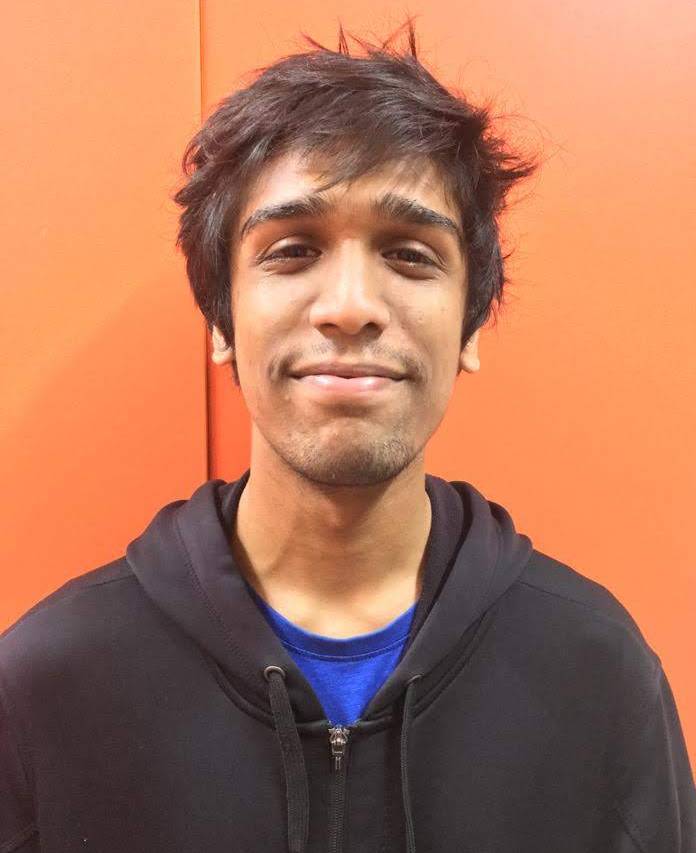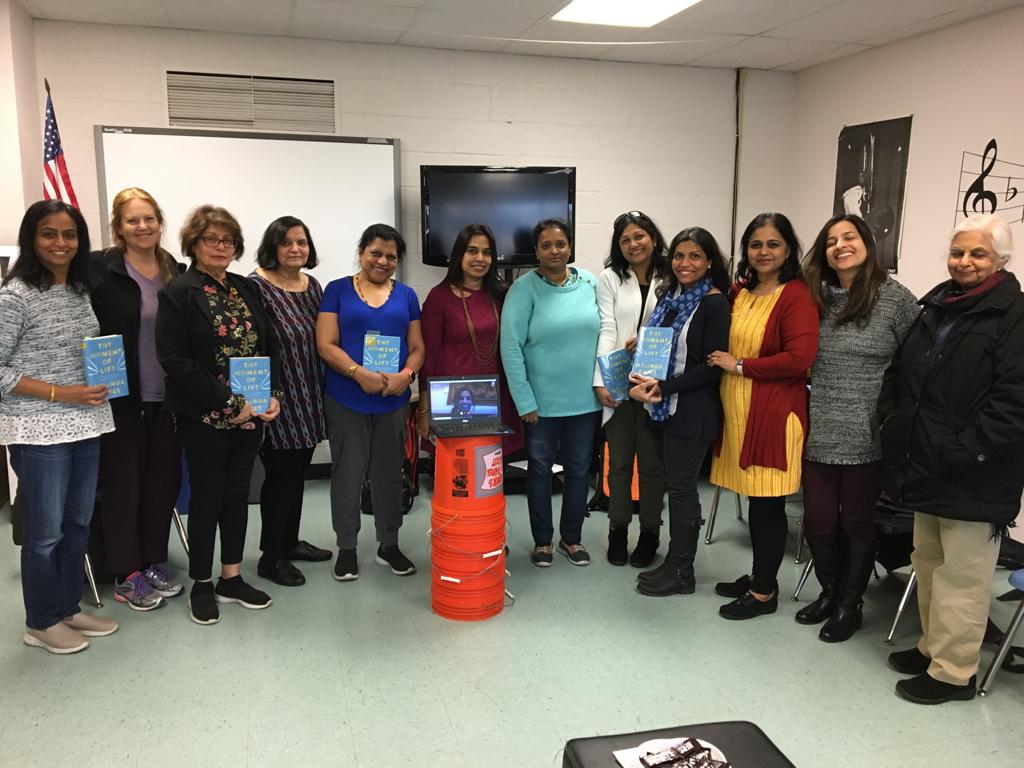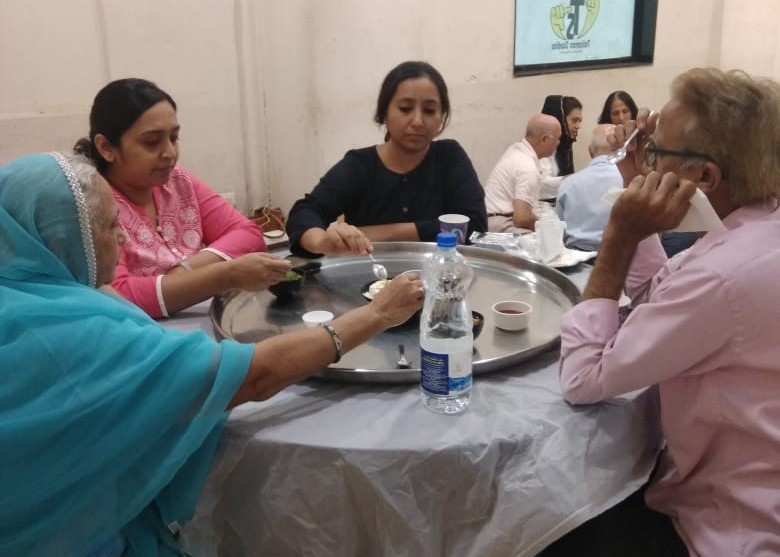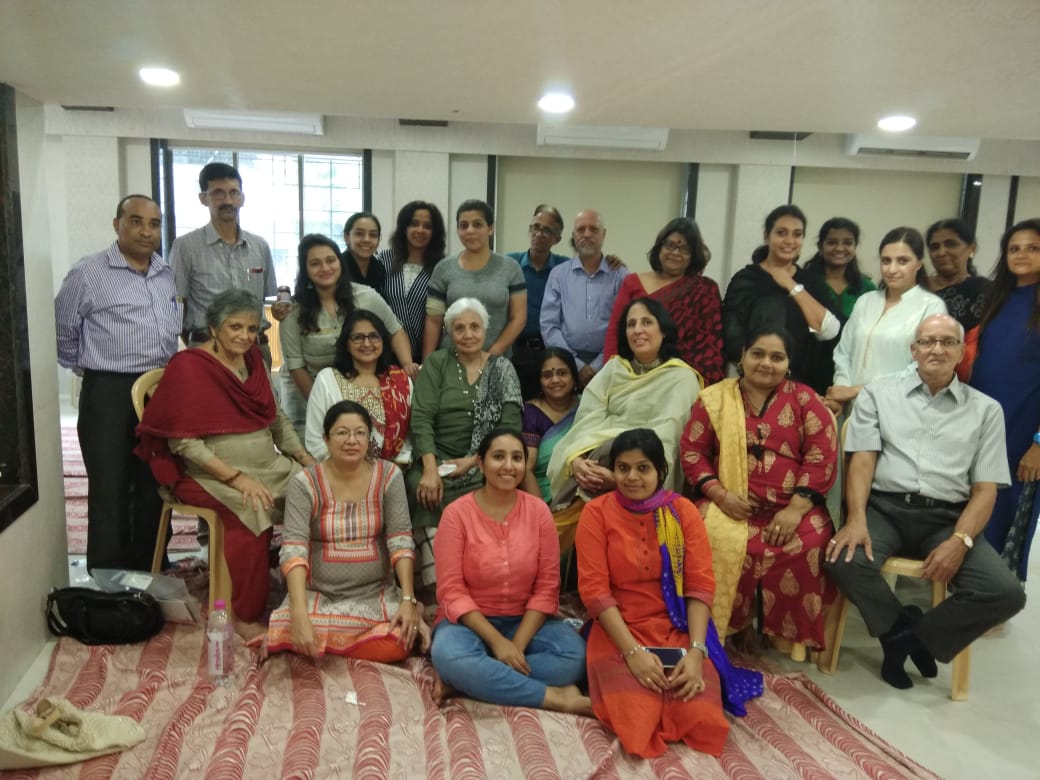By Siti Kusujiarti
In September 2019, I participated in the Voices to End FGM/C Workshop in Asheville. In this workshop I met with a group of amazing participants and facilitators. From the participants I learned various experience and stories and felt that we had a sense of solidarity and strength from sharing the perspectives. It is empowering to learn that each of us has been engaged in creating public awareness and raising our voices to change the practice and policies, despite our experience with female genital mutilation/cutting (FGM/C).
The workshop gives me opportunities to share my story that I have never spoken about before. I buried the memories for so many years, even though I cannot forget it. I could not find an appropriate space to share my story until the workshop. At first, I was hesitant to tell the story, especially when I thought how my family members, friends, and communities may react to the story. From my childhood, I learned that family members have to support each other. If we hurt them, everybody in the family will get hurt, and we have to behave well to make our family proud of us. For many years, I internalize this principle without critically thinking of the positive and negative impacts of it. However, as I get older and learn from various experience and knowledge, I realize that despite some positive implications, the principle may also silence our voice and prevent us from taking more independent thinking and action. It’s hard to question existing customs and behaviors. I also realized that by keeping my silence, I can actually hurt others. There is a misleading perception that FGM/C does not happen in Indonesia and if it happens it’s not as severe as in other places. I break my silence to debunk this conception and to get involved in actions to address the issue.
One of the challenges for me to tell this story was because those who got involved in my experience with FGM/C were the women I love dearly, including my own mother. As in most cases throughout the world, women tend to be involved in enforcing the practice. I don’t want to demonize them; I share my story to create awareness that these women are influenced by the culture and structure they live in. To address the issue of FGM/C, we need to create awareness among all facets of the society. Blaming the mothers or the families will not solve the problems. Storytelling is one of the strategies we can amplify our voices and agencies to end FGM/C.





 Blue Ridge Mountains
Blue Ridge Mountains


